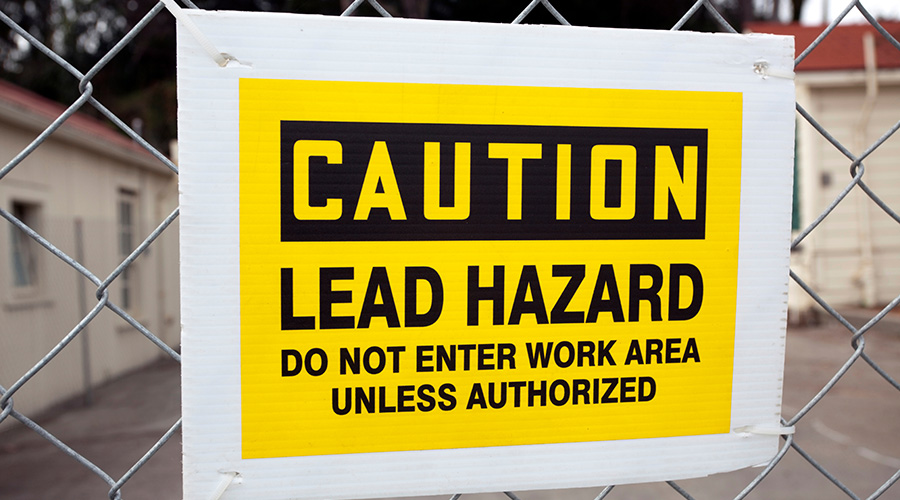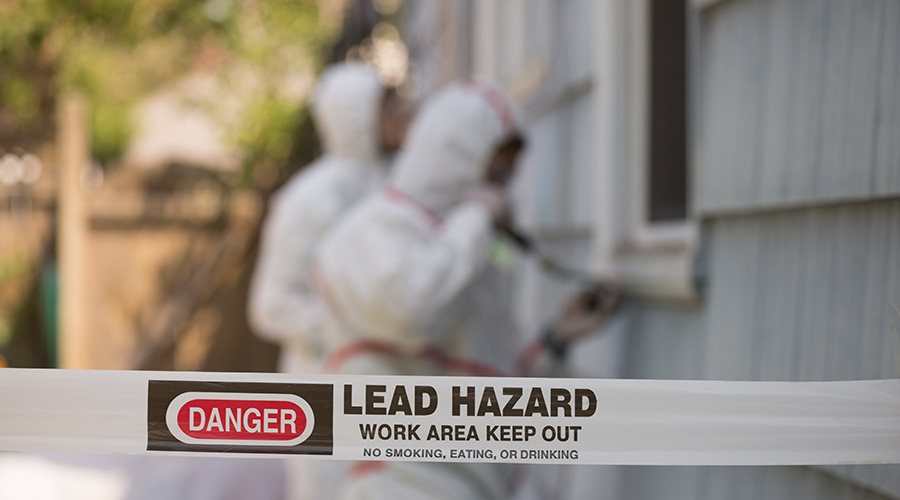School Districts Focus on Modernization, Not New Construction
Like many managers, Foster says he has emphasized the need to address maintenance of existing schools, despite the pressures that growing and shifting populations place on school districts to build new schools.
“I have stressed that even though these (ARRA) funds may be used for new construction, we should not forget the needs of the buildings that are not included in the modernization program,” Foster says. “There must be a balance struck so equipment, roofs, etc., in the other buildings are replaced in a timely manner so that the life can be extended until they are modernized.”
Foster says despite funding issues similar to those facing many districts, his district has taken major strides in addressing deferred maintenance in the last decade.
“The school division has been aggressively addressing the aging infrastructure issue for the past 10 years,” he says. “Approximately 23 schools have been modernized, with the majority of them being totally rebuilt.
“We are extremely fortunate in Virginia Beach. Funding for both the modernization program and maintenance of the 88 schools and seven auxiliary facilities has been well above the average of that found across the country.”
Since 1997, the district has spent $219 million to modernize or replace 23 of the city’s oldest elementary schools, along with maintenance and supply facilities with 135,000 square feet of office and workshop space to house support staff, he says. Money for these projects comes from a combination of Virginia Lottery proceeds and local funding.
One key to the district’s ability to address school maintenance and repairs effectively is a cooperative effort among various areas within facilities management.
“Our school division has an office that oversees the construction of new buildings and a separate office that is responsible for maintaining the facilities,” Foster says. “We work very closely with each other in the design, as well as helping with the commissioning of the buildings.
“Our office benefits from the new construction that has been taking place through the modernization program because we no longer have systems that are in constant need of repair.”
Some of the largest projects the department has undertaken recently have involved replacements of multi-zone HVAC units and painting entire buildings.
Foster says he hopes the renewed focus on the need for school modernization reinforces the connection between school condition and successful learning.
“The condition of the school does affect what takes place inside its walls,” he says. “If the temperature is not what it should be, if there are leaks throughout the building, if the instructional technology is not up to today’s standards, if the lighting is poor, and if the overall appearance is not acceptable, (these) all have a negative impact on the occupants and visitors.
“The primary responsibility rests with the teachers, administrative staff, and parents. The indirect responsibility resides with the maintenance professionals and their ability to maintain the appropriate environment for learning to take place.”
Related Topics:















